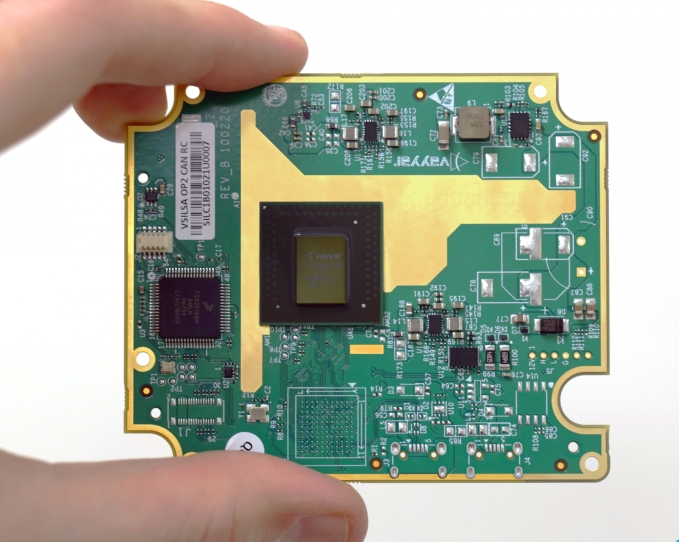Radar technology is being used for child presence detection and seatbelt conformance to address latest NCAP standard challenges
Vayyar is addressing the latest challenges in vehicle safety with an in-cabin combined function sensor system. The single sensor is designed to prevent both incidents that claim the lives of children left in hot vehicles every year as well as those deaths and injuries caused by vehicle occupants neglecting to wear seat belts. By providing the industry with multiple function on a single-chip platform, Vayyar is aiming for affordability that makes the technology accessible for all vehicles.
As part of the global effort to improve in-car safety, Euro NCAP (National Car Assessment Programme) is introducing stricter scoring criteria across all protocols, starting in 2023. Child Presence Detection (CPD) will be worth up to four points, while the existing requirement for front and rear Seat Belt Reminders (SBR) will become a precondition for achieving three additional Occupant Status (OS) points. The new sensor enables vehicles to earn these crucial seven extra points, whilst minimising false alarms.
Sensor profusion
Around 22 billion sensors are fitted in vehicles every year, with IHS Markit predicting a 40% increase in sensor-related costs from 2018 to 2030. On this trajectory, a mainstream car model will require around 200 sensors by 2030. Hardware, software, wiring, ECUs and integration efforts surrounding each sensor greatly increase complexity and costs, making high-end safety unattainable for value-oriented vehicles.
With the single multi-function sensor Vayyar believes it is helping the industry to overcome this sensor profusion challenge.
Powered by a single Radar-on-Chip (RoC) system, the sensor features CPD and enhanced SBR, addressing multiple Euro NCAP 2023 requirements. It can replace numerous existing in-car sensors, covering a full vehicle cabin and detecting and classifying all occupants for exceptionally precise CPD. It operates effectively in all lighting conditions without requiring line of sight and can even detect a baby in a car seat sleeping under a blanket or a child in a footwell. Unlike cameras, the sensor also maintains user privacy at all times, an area of growing concern across the auto industry.
The multifunctionality is made possible by the platform’s large antenna array and ultra-wide field of view. The sensor’s 48 transceivers offer high resolution for rich detection and classification data about occupants. Thanks to its field of view, the sensor, which is also simple to fit behind a vehicle’s headlining, can be installed in various locations, accommodating both five- and seven-seaters, as well as sunroof-equipped models. Vayyar’s sensor delivers an entirely new level of safety, with the ability to differentiate between people and objects, and children and adults, as well as determine whether a passenger is in or out of position.
Beyond its CPD + SBR combo, the end-to-end software-hardware platform also enables manufacturers to seamlessly develop multiple advanced applications independently. These include Occupant Status (OS), optimised airbag deployment and dynamic disabling, seat belt pre-tensioning, eCall, vital signs, gesture recognition, out-of-position detection, intruder detection and more.
Unlike traditional radar systems that are based around 2 to 3 transmitting antennas and 3 to 4 receiving antennas, 4D imaging radar uses a Multiple Input Multiple Output 48-antenna array for high-resolution mapping of its surroundings. The rich point cloud data output combined with an ultra-wide azimuth-elevation field of view, delivers detection and tracking with pinpoint accuracy.
The fully validated, automotive-grade (AEC-Q100 qualified and ASIL-B compliant) sensor also grants car manufacturers the flexibility to scale to future features developed to meet evolving standards. These can be introduced early in the development cycle or at a later date via over-the-air (OTA) updates, ensuring future-proof deployments.
- UK manufacturing steps up to COVID-19 crisis - April 2, 2020
- Clustering Innovation - March 12, 2020
- A Global Monitor - March 6, 2020

